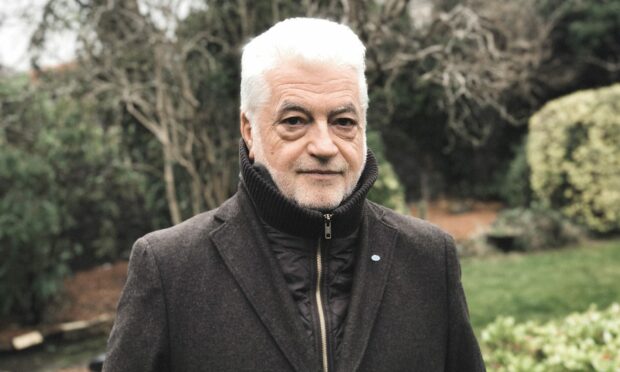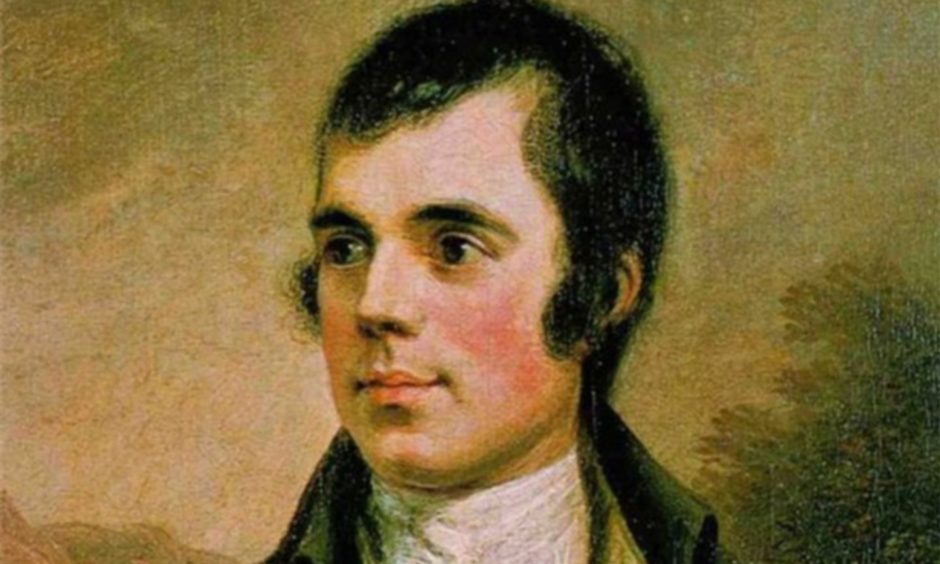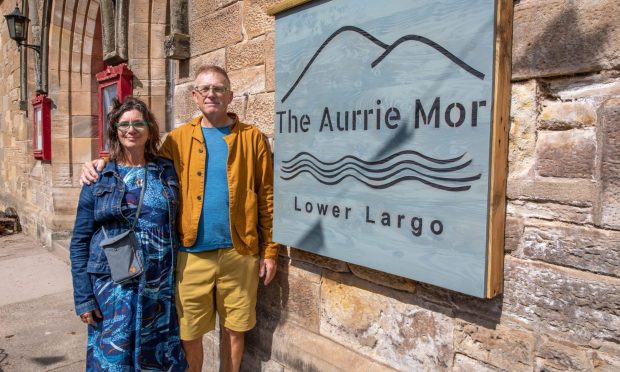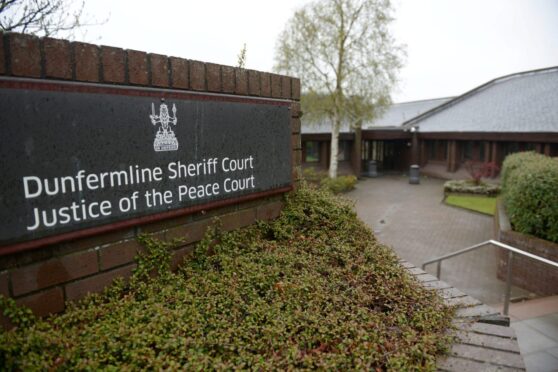It has been described as essential reading for generations of Scots and Ulster Scots concerned with their identity.
A book that celebrates the Scots contribution to world literature through figures like Burns and RL Stevenson.
Now, 22 years after Scots: The Mither Tongue, was described as one of the best 100 Scottish books ever written, Newport-based author and Scots language expert Billy Kay has produced an audio version of his classic book.
Why did it take Billy so long?
Billy reveals that over many years people have have asked him why he had not recorded an audio version of this classic book.
Knowing what a huge undertaking it would be, he always cited time and other commitments as the main reasons.
The Covid-19 lockdown changed everything, however, so he finally decided to commit himself to making the historic recording.
“It’s historic, yes, because it will be the first time that iconic passages from the great Scots literary tradition have been recorded and made available in the one place,“ says Billy.
“For most people it will be the first time they have heard the work of writers from Barbour’s Brus to RL Stevenson’s Thrawn Janet read out loud by someone steeped in that tradition, who has a deep knowledge of Scots as both a living and a literary language.
“The combination is powerful with memorable moments from e.g. MacDiarmid and the Border Ballads, from Burns only letter in Scots and from rich examples of every Scots dialect from Shetland to Ulster via the Doric heartlands of the North East.
“Scots and Scottish literature enjoy a global following, but out with Scotland few people know how the language sounds, so this will fill a big gap in those people’s knowledge and appreciation of a great tradition.”
Award-winning programmes
As a presenter of countless series of award winning documentaries on radio and television over the years, Billy has built up a substantial following for his work and recognition for his distinctive take on Scottish history and culture.
In her book Chasing the Dram, Rachel McCormack’s describes Billy’s voice as: “a deep, low, warm, authoritative voice, like an old sherried single cask malt. It’s a voice that when broadcast over the airwaves on Radio Scotland, the fish in the deepest waters near Ullapool recognise as Billy Kay.”
In this revised edition, Billy Kay vigorously renews the social, cultural and political debate on Scotland’s linguistic future, and argues for the necessity to retain and extend Scots if we are to hold on to the values which have made us what we are as a people.
He places Scots in an international context, comparing and contrasting it with other European lesser used languages, while at home questioning the authorities’ desire to pay anything more than lips service to this crucial part of our national identity.
The audio book is now available on Audible.











